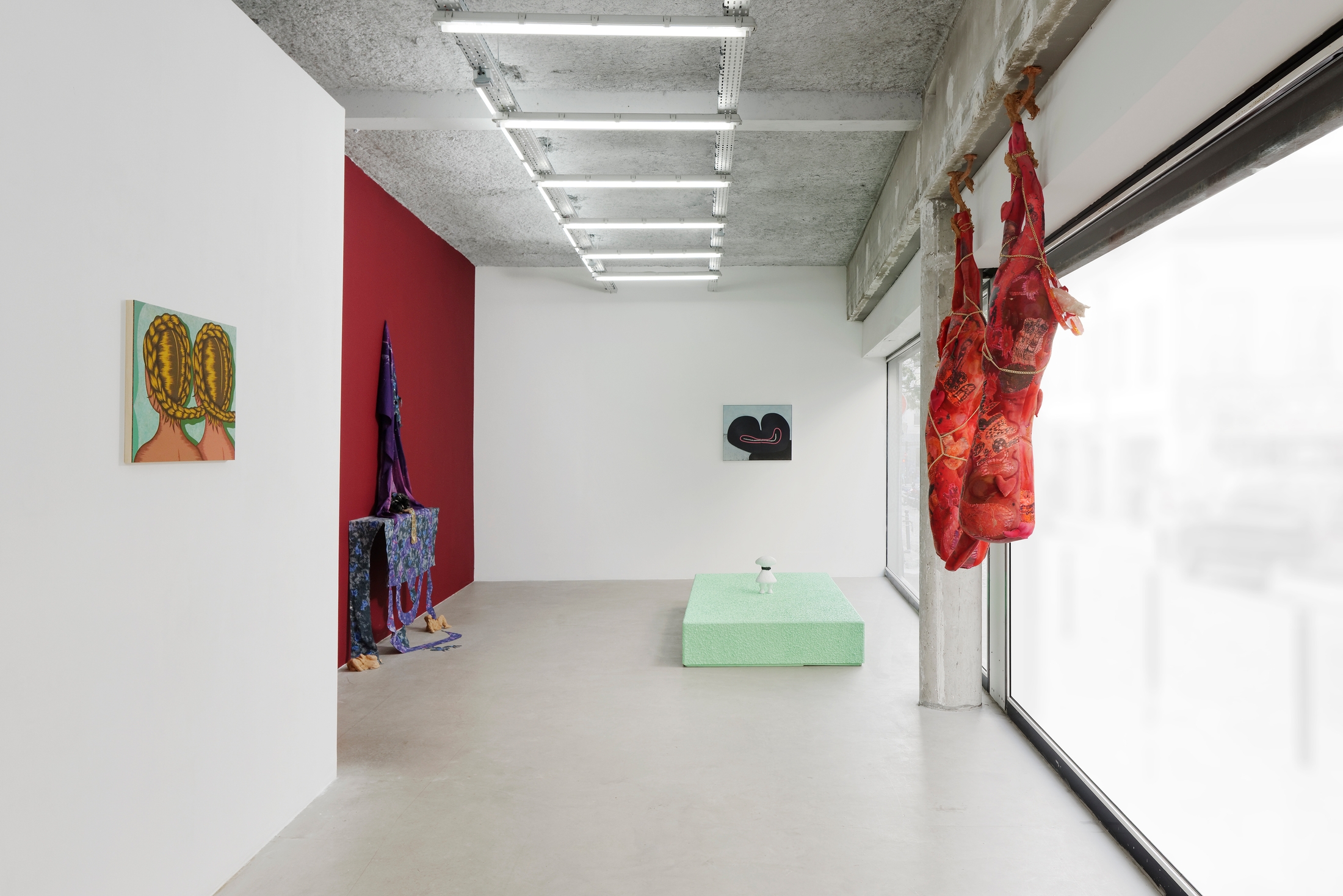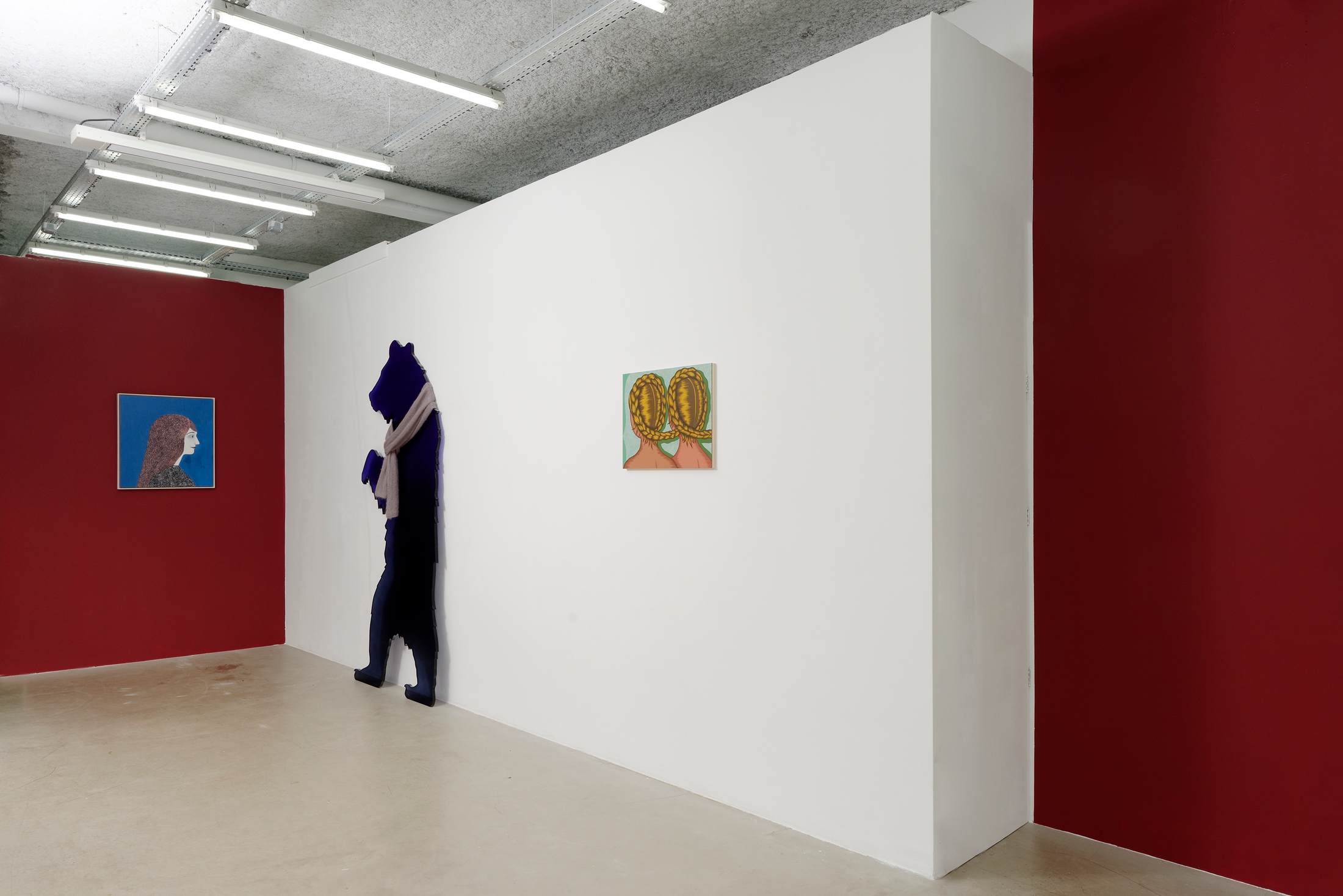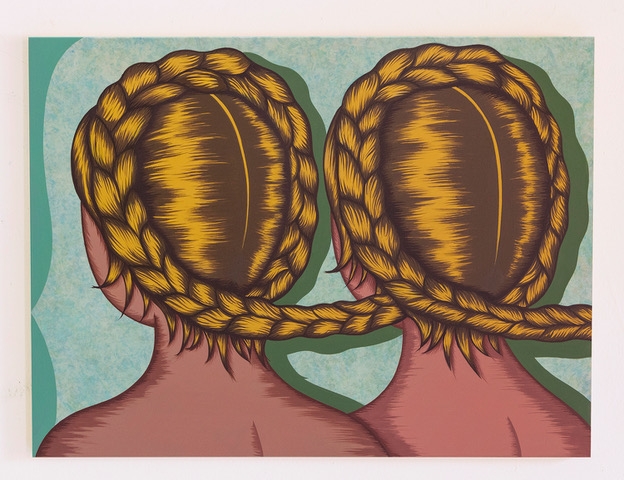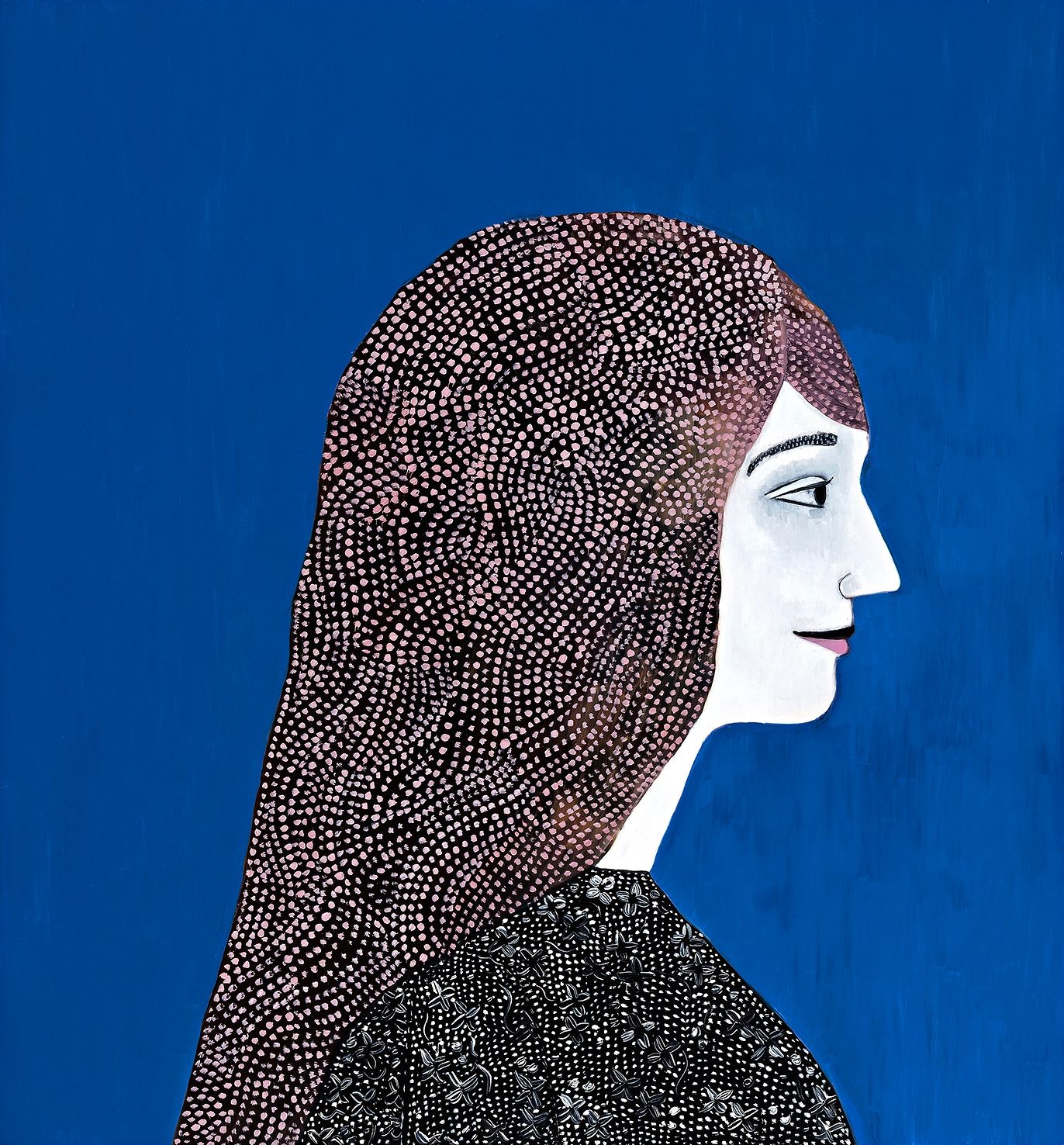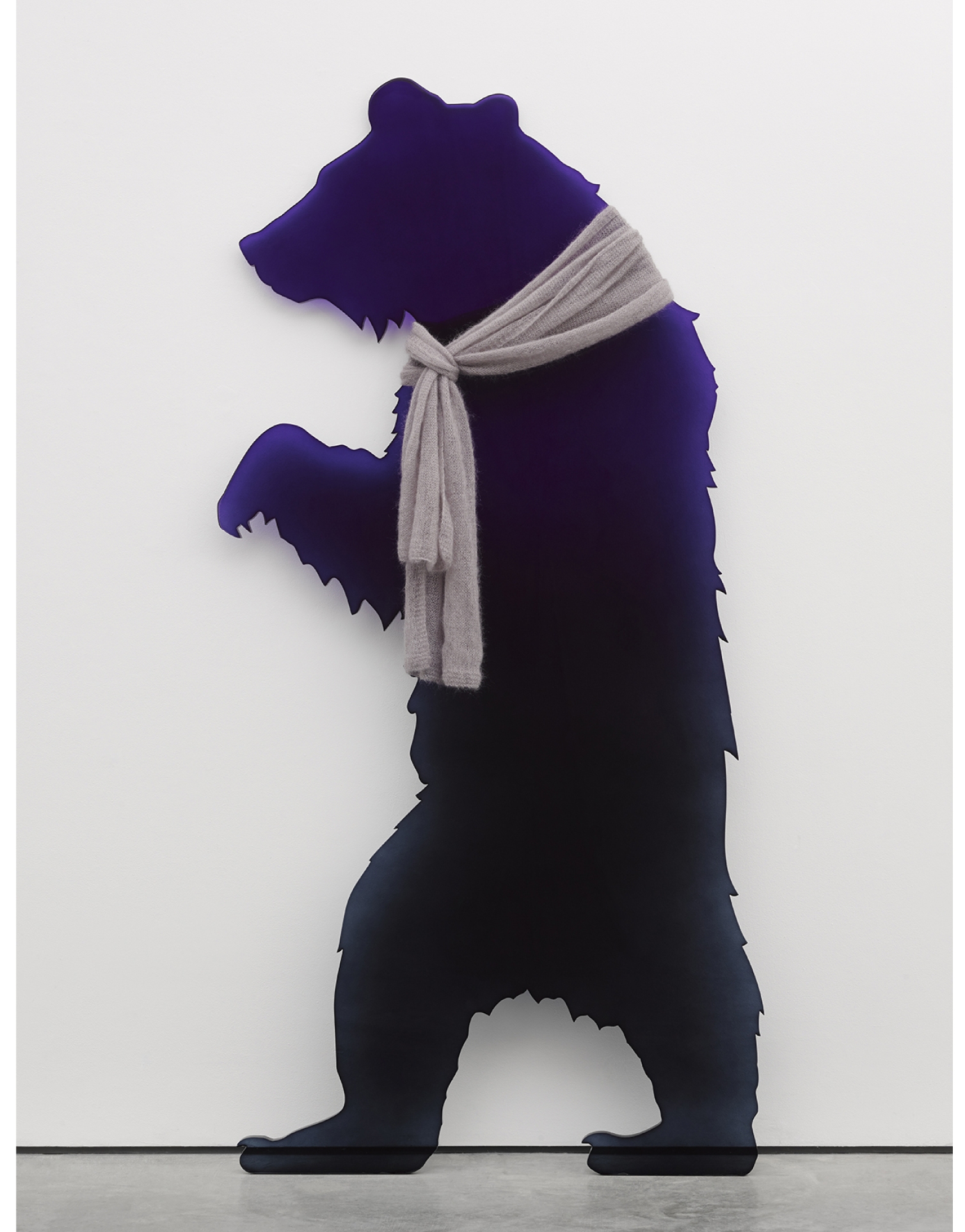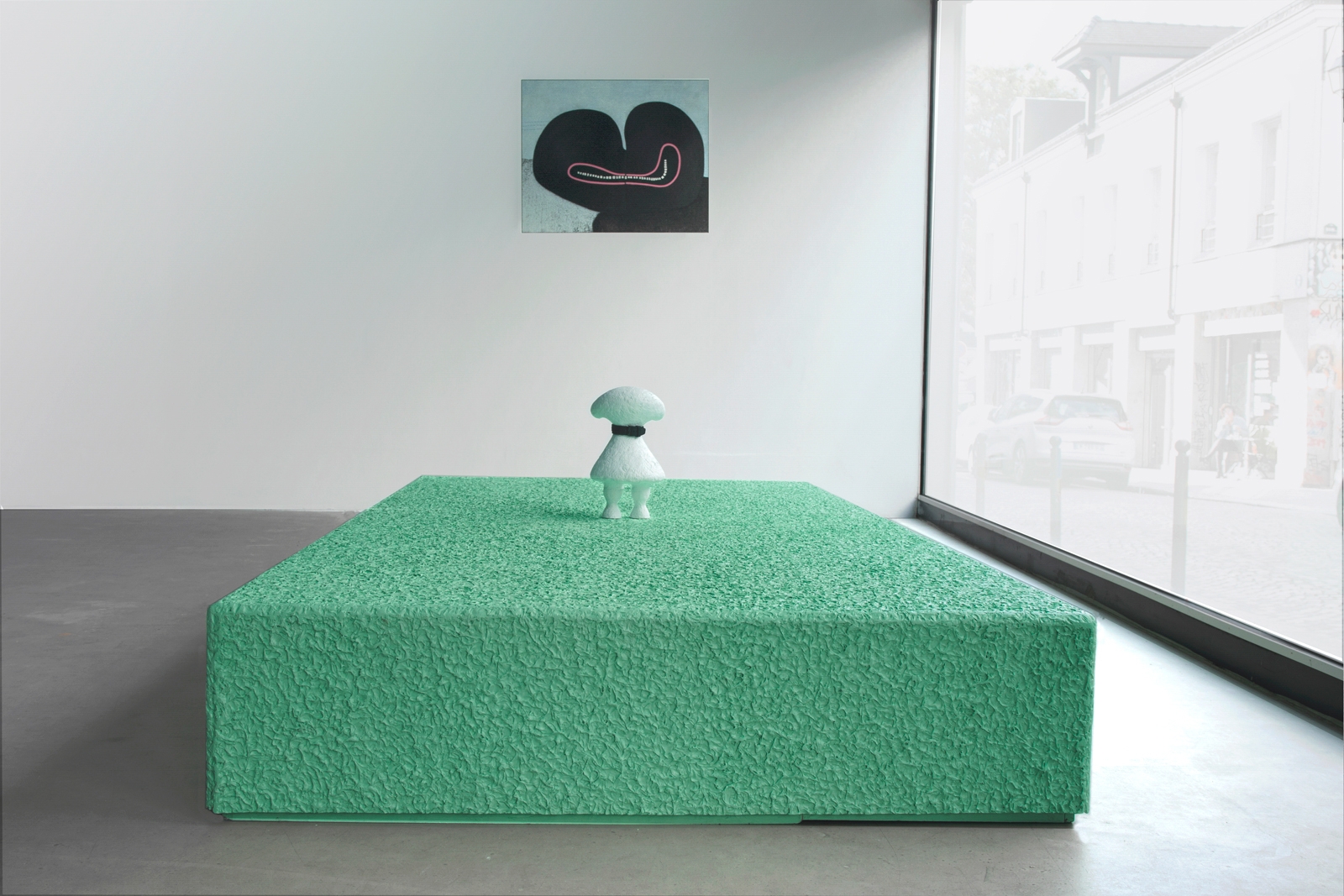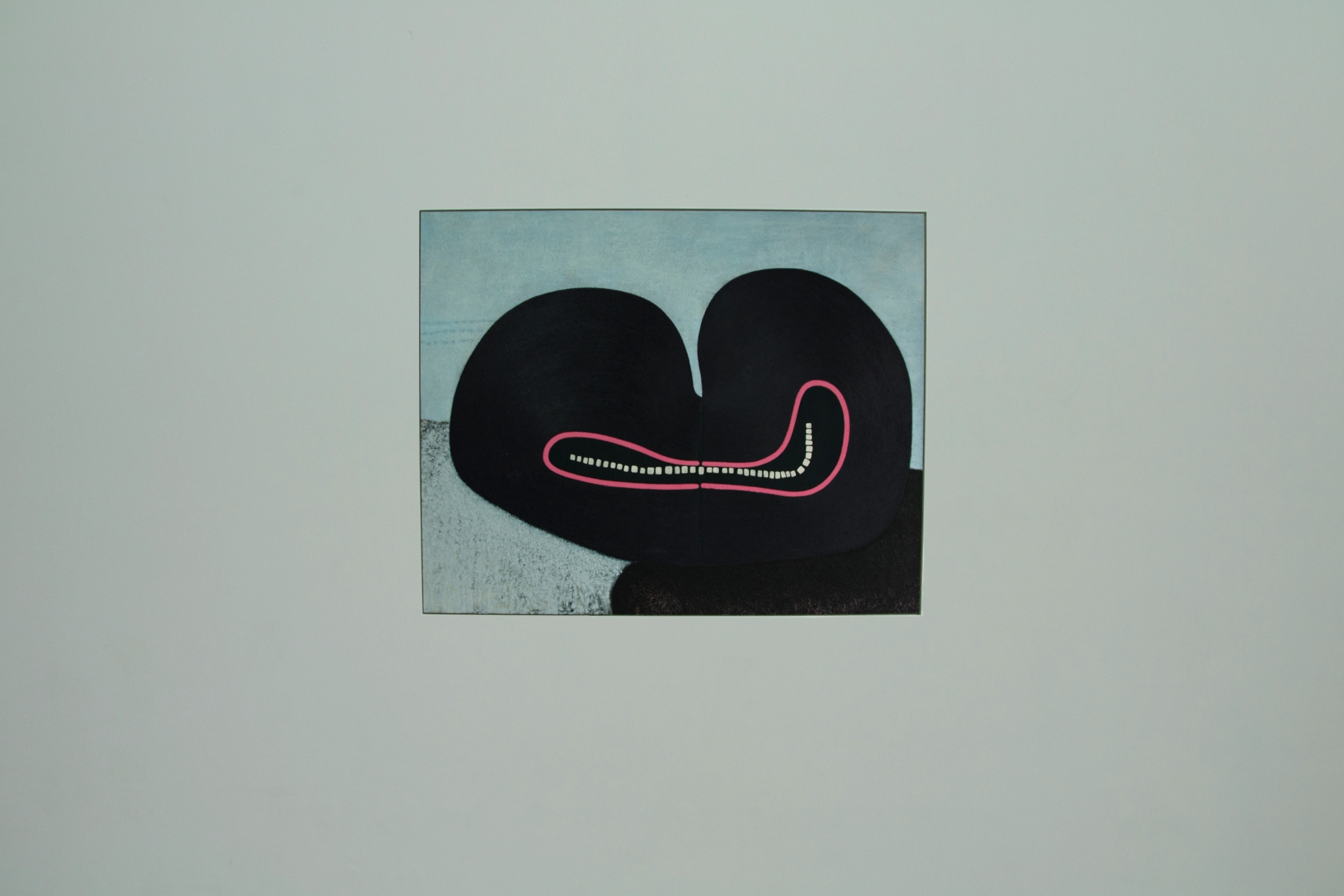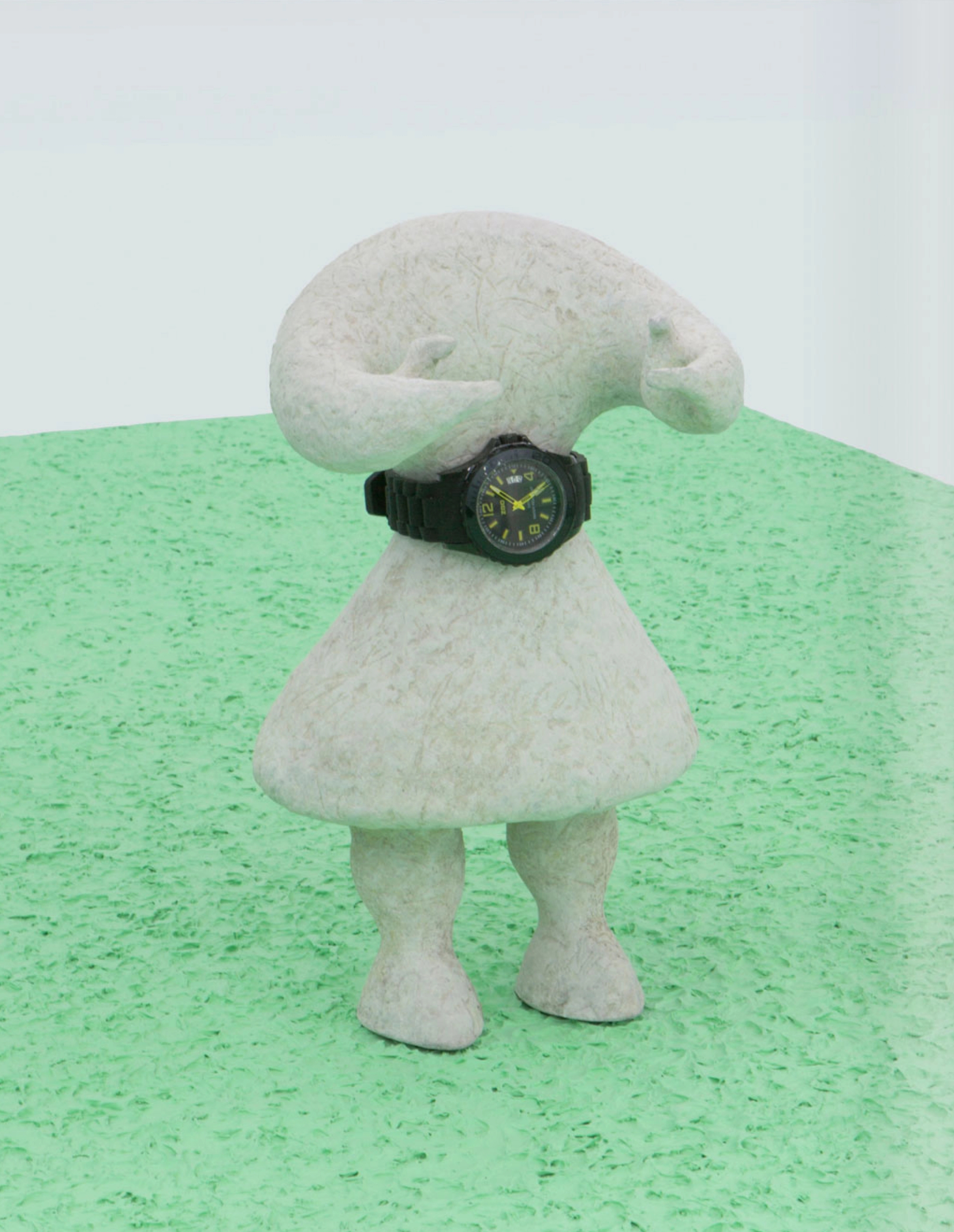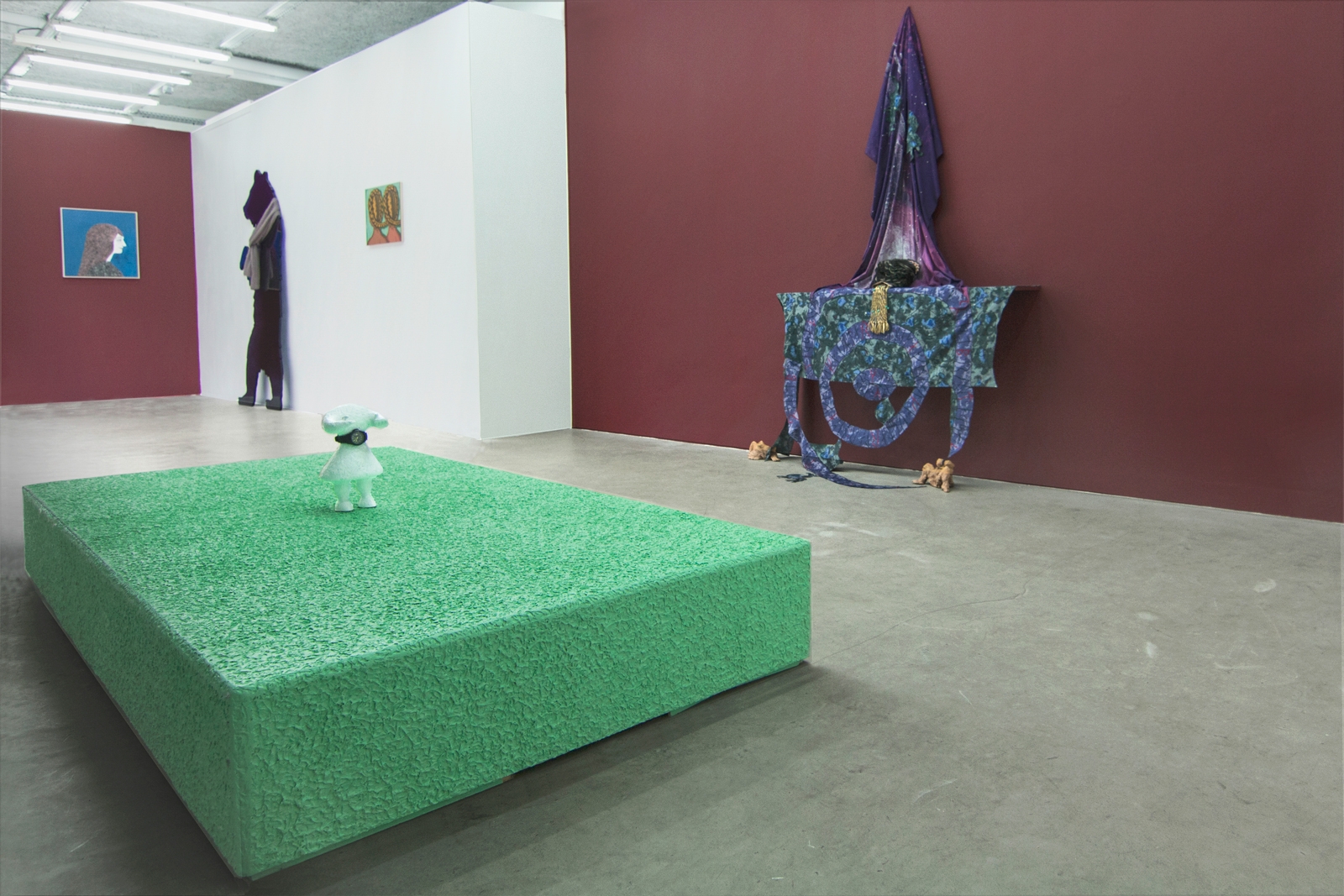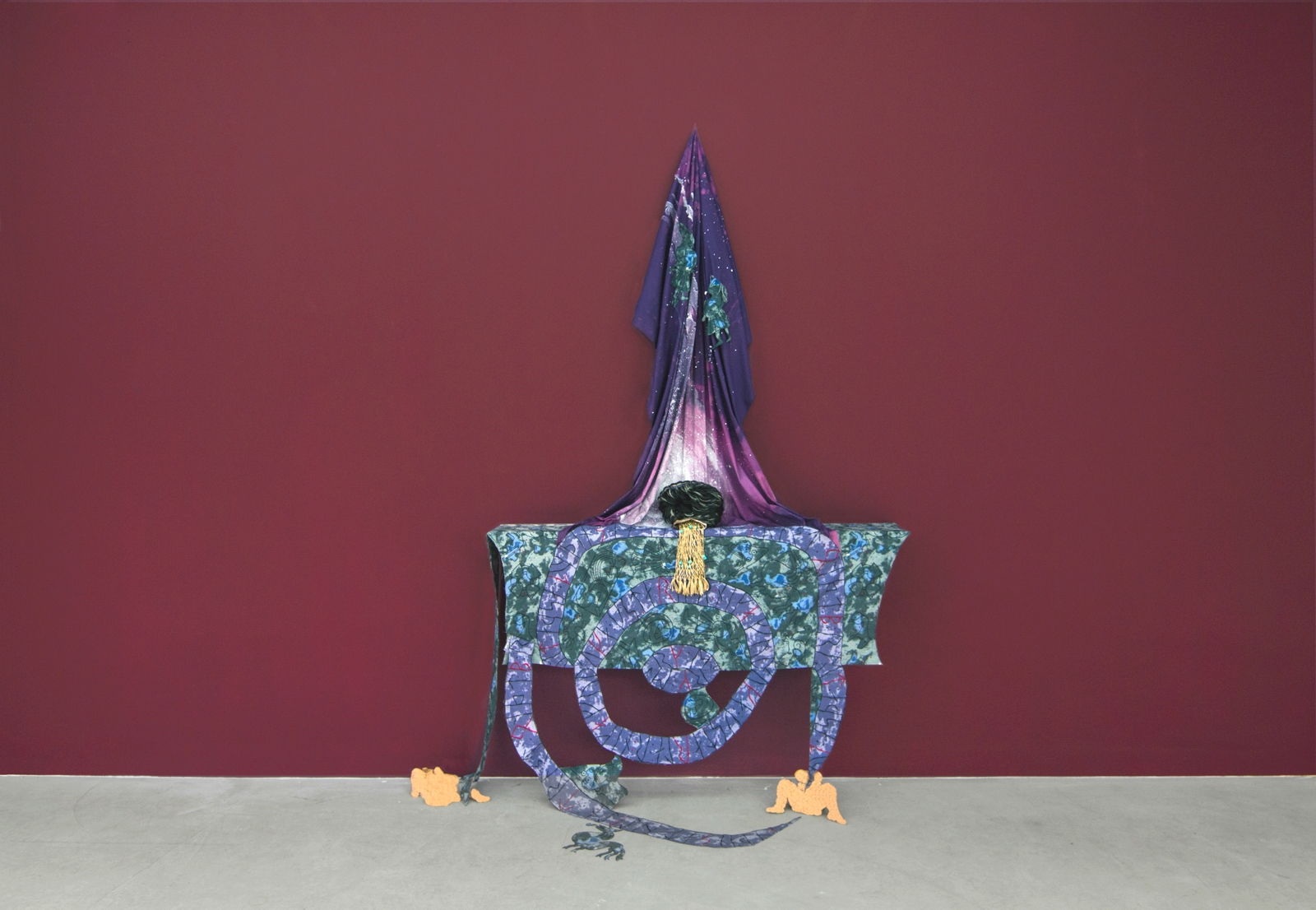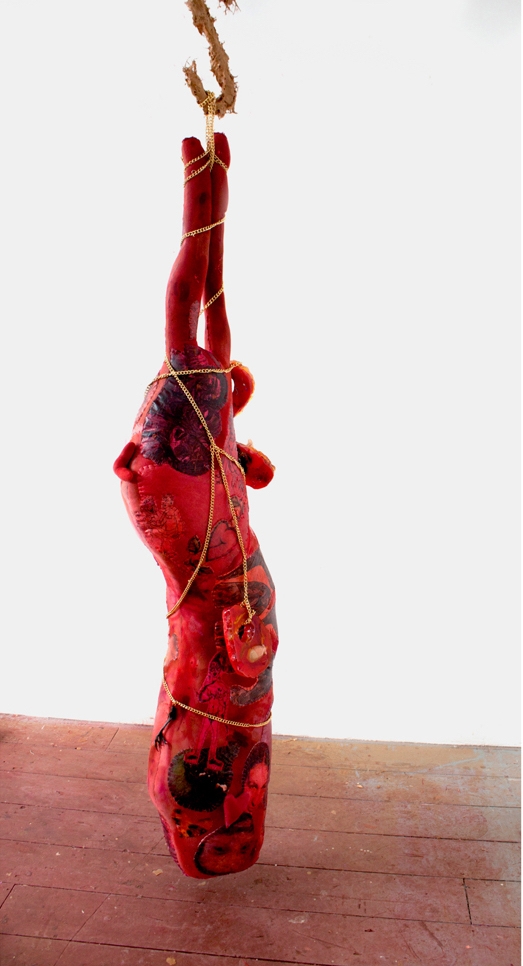Pauline Curnier Jardin, Julie Curtiss, Yu Honglei, Athena Papadopoulos, Eddie Peake, Sally Ross, Lui Shtini
Etymologically, the term courtois refers to the court. In ancient French language, the word corteis means “honest" and "loyal". Moreover, what is “courtois” is the opposite of "ugly" - that is to say, far from the rude and crude world of the peasant. Finally, the notion of courtesy refers to values and rules of life, rules of manners and above all to a very particular concept of love.
Amour courtois is the concept of a man's love for a woman that began in the 12th century with Occitan troubadours in the south of France. Practiced in feudal courts, it was a quality of a courtier. This amour was a set of aristocratic values characterized by delicate, refined and noble comportment - the opposite of the brutal customs of knighthood. In order to merit the woman he loves, the knight must submit entirely to her, the lady is the overlord, the knight is her vassal. The lady was often of a higher social rank than the courtier, so the knight could not use his power to subdue his lover.
Amour courtois was only directed to a married woman, hence this love could never be realized, as it would have been a betrayal of loyalty to the Lord and a breach of the sacrament of marriage. Nevertheless amour courtois was far from platonic, it was animated by a profound sensuality that did not cease to be evident in forms of expression, arousing abundant (although discreet) erotic imagery: allusions tothe female body, the charm of caresses, the potential offered by an alcove, a garden grove and the games that allow, in a nudity that is difficult to always undress, the incessant promiscuity of the château.
♡
Étymologiquement, le terme « courtois » fait référence à la cour. En vieux français, le mot corteis prend le sens d’« honnête », « loyal ». Par ailleurs, ce qui est courtois s’oppose à ce qui est « vilain », c’est-à-dire le monde rude et grossier du paysan. Enfin, la notion de courtoisie renvoie à un ensemble de valeurs, de règles de savoir-vivre et surtout à une conception bien particulière de l’amour.
L’amour courtois est une conception de l’amour d’un homme pour une femme qui est née au XIIe s. dans le midi de la France avec les troubadours occitans. Pratiqué dans les cours féodales, il était la qualité de l’homme de cour. C’est un ensemble de valeurs aristocratiques qui se caractérise par un comportement délicat, raffiné et noble à l’opposé des mœurs brutales de la chevalerie. Pour mériter la femme qu’il aime, le chevalier doit se soumettre entièrement à elle. La dame est suzeraine, le chevalier est son vassal. Afin que l’amant ne puisse pas user de son pouvoir pour soumettre sa belle, celle-ci est souvent d’un rang social supérieur à celui du chevalier.
L’amour courtois ne s’adresse qu’à une femme mariée, il est donc par nature impossible à réaliser. Ce serait une traîtrise envers la loyauté due au seigneur et une rupture du sacrement de mariage. Cependant l’amour courtois n’est aucunement platonique. Une sensualité profonde l’anime et ne cesse d’affleurer sous les formes d’expression, suscitant dans le discours une abondante (quoique discrète) imagerie érotique : allusions au corps de la femme, au charme des caresses, aux chances qu’offrent l’alcôve, le bosquet du jardin, aux jeux que permet, sur une nudité difficile à toujours dérober, l’incessante promiscuité du château.

